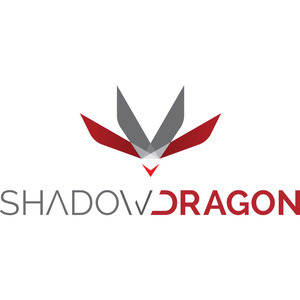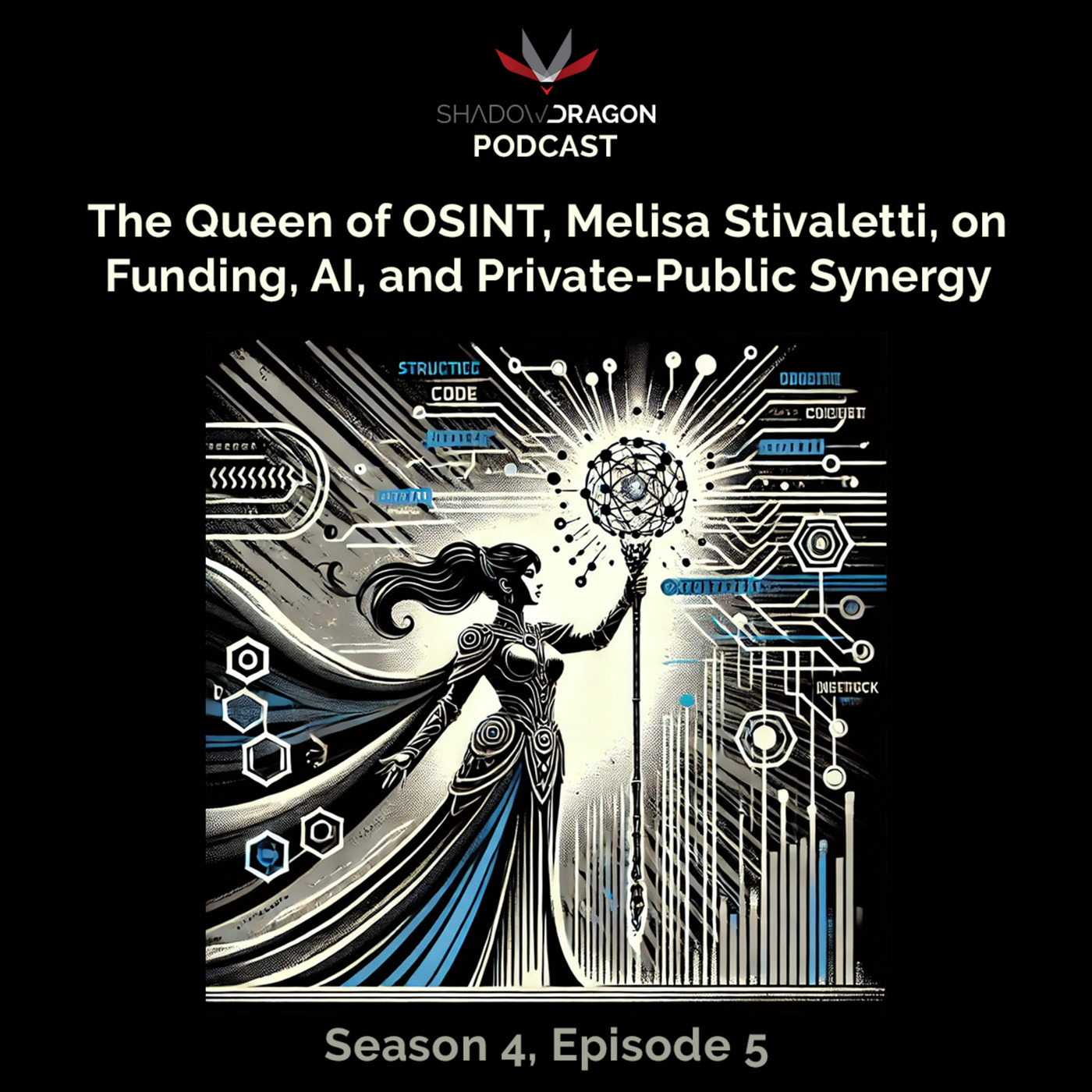S04 E05: Melisa Stivaletti, the Queen of OSINT, on Elevating OSINT with AI, Private-Public Synergy, and More
May 27th, 2025
30 mins 2 secs
Season 4
About this Episode
Guest introduction & background
- Melisa describes how the 2010–11 Arab Spring revealed the power of social-media data while she was a Department of the Army civilian in Afghanistan.
- Since then she has worked across academia, federal agencies, and the private sector to professionalize open-source intelligence, currently serving as OSINT Director at Guidehouse and chair of AFCEA’s Emerging Professionals in the Intelligence Community (EPIC) committee.
Why OSINT matters now
- Every modern investigation—military, law-enforcement, or corporate—relies on publicly available information (PAI); skipping it “short-changes” the mission.
- Recent unclassified U.S. DoD, ODNI, and Army OSINT strategies publicly signal a whole-of-government commitment and an invitation for industry partnership.
- Congress has underscored this shift with the first House Subcommittee dedicated to open-source intelligence.
Public-private synergy & funding gaps
- Dual-use commercial tools and venture-backed research and development give the U.S. an edge, but the Intelligence Community still allocates less than 1% of its budget to OSINT despite the discipline providing roughly 30% of material in the President’s Daily Brief.
- Cloud storage, advanced data sets, and continuous tool development make OSINT “cheap relative to satellites” but far from free; chronic underfunding risks hollowing out capabilities.
Generative AI opportunities & cautions
- Large language models accelerate sense-making (summarization, triage, translation) amid an ever-expanding data ocean.
- Analysts must demand rigorous sourcing and bias evaluation—“every AI-generated sentence needs a footnote”—and should favor secure, controlled models over public chatbots.
- The real value lies in “a collector who knows how to use AI,” not in AI replacing human tradecraft.
Operational vs. strategic OSINT
- Tactical users (SOF, JSOC) need rapid, geotagged, mission-ready insights; strategic analysts focus on long-term trends, indications & warnings, and partner sharing.
- Both require advanced skills—data science, cyber forensics, provenance verification—not just “having an internet connection.”
Professionalization & future skills
- Formal tradecraft standards, dedicated career paths, and prompt-engineering expertise are emerging to match HUMINT, SIGINT, and GEOINT.
- Melisa urges the next generation of intel professionals to embrace OSINT’s complexity, continuous learning curve, and growing strategic impact.
Persistent misconceptions debunked
- Myth #1: OSINT is “free.” Reality: tooling, storage, and talent are expensive and scaling.
- Myth #2: OSINT is inferior to classified sources. Reality: it often provides the first, fastest, and sometimes only vantage point—and stands on equal analytic rigor.

